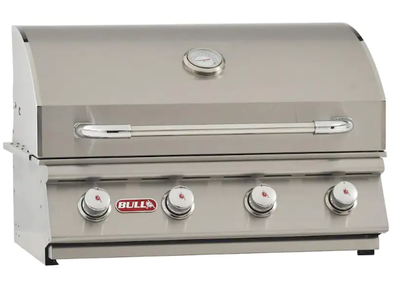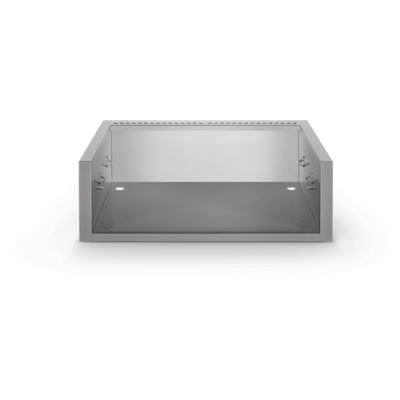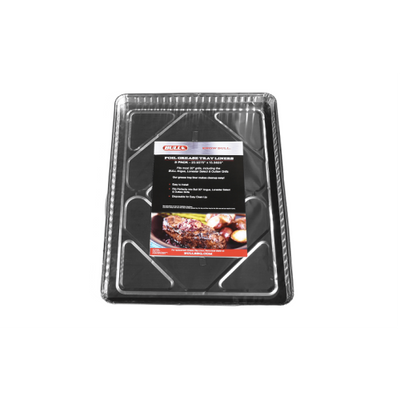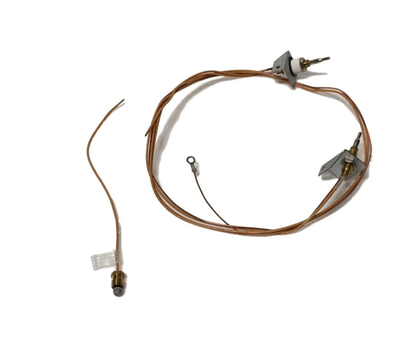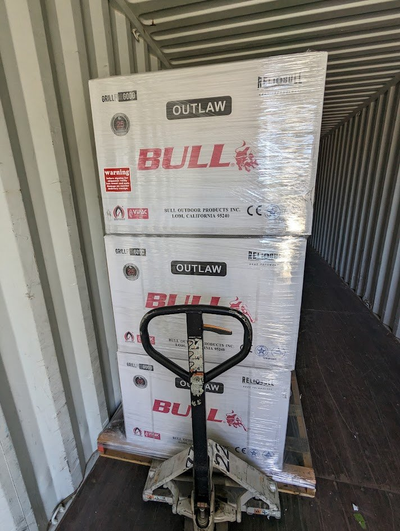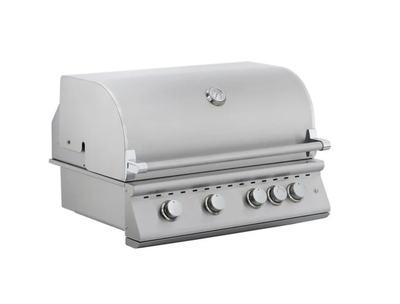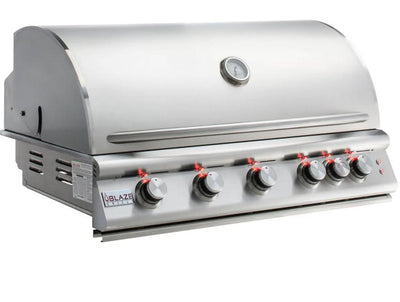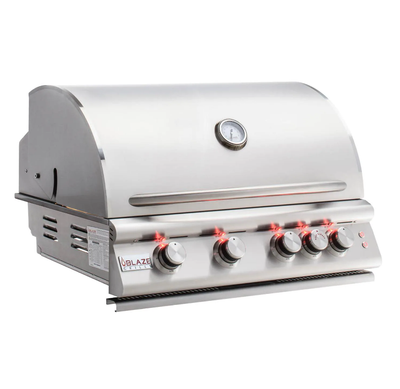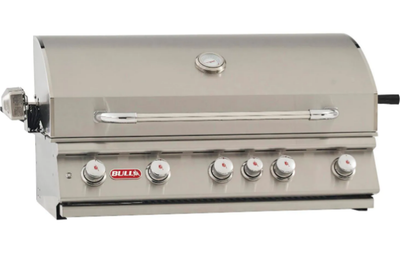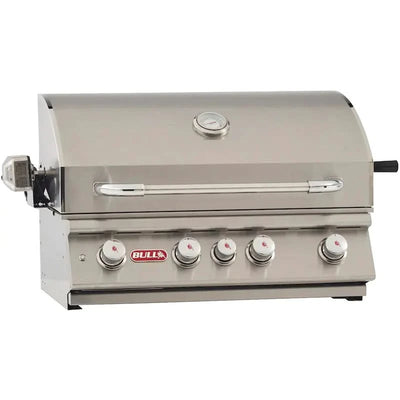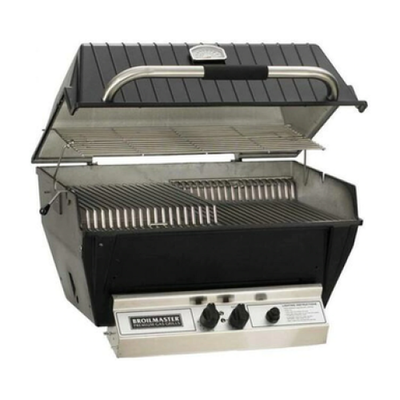Pellet Smokers vs. Offset Smokers: Which One is Right for You?

Smoking meat is an art form that brings out rich, deep flavors in everything from brisket to ribs. Two of the most often used forms of smokers are offset smokers and pellet smokers. While both deliver delicious smoked meats, they differ significantly in operation, ease of use, and flavor output.
In this blog, we will compare pellet smokers and offset smokers to help you determine which one best suits your needs.

Working Mechanism
How Pellet Smokers Work
Pellet smokers, also known as pellet grills, use compressed wood pellets as fuel. These pellets are fed into a firepot by an electric auger, which maintains a consistent temperature using a digital controller.
A fan circulates heat and smoke evenly, allowing for precise temperature regulation. This automation makes pellet smokers user-friendly and highly efficient.
How Offset Smokers Work
Offset smokers, often referred to as "stick burners," use wood or charcoal as the primary fuel source. The smoker consists of a firebox attached to the side of the main chamber. Heat and smoke flow from the firebox into the cooking chamber, indirectly cooking the meat.
Offset smokers require constant monitoring to maintain a consistent temperature, but they provide a traditional smoking experience with unparalleled control over fire and smoke.

Pros and Cons
Pellet Smokers
Best for: Beginners, convenience seekers, and those who want a set-it-and-forget-it smoking experience with modern technology.
Pellet smokers combine the ease of digital temperature control with the rich flavors of wood-fired cooking. They automatically regulate temperature by feeding wood pellets into the burn chamber, ensuring consistent heat and smoke levels with minimal effort.
Pros of Pellet Smokers
-
Easy to Use – Perfect for beginners. Just set the temperature, and the smoker does the rest.
-
Precision Cooking – Digital controls keep the temperature steady within a few degrees, ensuring even cooking.
-
Multi-Purpose Cooking – Can smoke, grill, roast, bake, and braise, making them highly versatile.
-
Fuel Efficiency – Uses wood pellets efficiently, producing less waste and minimal ash.
-
Smart Features – Many models include Wi-Fi and Bluetooth connectivity, allowing you to monitor and adjust settings remotely.
-
Fast Startup – Heats up quickly, typically reaching cooking temperature in 10-15 minutes.
-
Less Supervision Required – Ideal for long, slow cooks without needing constant attention.
Cons of Pellet Smokers
-
Milder Smoke Flavor – While they add a smoky taste, it’s not as intense as an offset smoker.
-
Requires Electricity – Needs a power source, limiting portability for camping or off-grid cooking.
-
Pellet Availability – Requires specific food-grade wood pellets, which may be more expensive than lump charcoal or firewood.
-
Electronic Parts Can Fail – Components like auger motors, fans, and temperature sensors can wear out over time.
-
Limited High-Heat Searing – Most pellet smokers max out around 500°F, which is lower than traditional grills or offset smokers.
Offset Smokers
Best for: Traditional BBQ lovers, competition cooks, and those who enjoy the art of fire management.
Offset smokers are the gold standard for authentic BBQ, using a separate firebox to generate indirect heat and smoke. They require manual fire control, making them a favorite among BBQ purists who enjoy the hands-on process.
Pros of Offset Smokers
-
Authentic Smoke Flavor – Produces deep, rich, competition-style smoky flavors unmatched by other smokers.
-
Large Cooking Capacity – Perfect for cooking briskets, ribs, pork shoulders, and multiple meats at once.
-
No Electricity Needed – Operates entirely on wood or charcoal, making it great for remote cooking.
-
Durable Build – Fewer moving parts and heavy-duty steel construction lead to long-term reliability.
-
Higher Heat Potential – Can reach 700°F or higher for excellent searing and high-heat grilling.
-
More Control Over Smoke and Heat – Allows expert pitmasters to fine-tune flavor and texture.
Cons of Offset Smokers
-
Steep Learning Curve – Requires skill to maintain consistent temperature and airflow.
-
Labor-Intensive – Needs constant monitoring, adding wood or charcoal and adjusting vents frequently.
-
Slow Startup – Takes 30–60 minutes to reach optimal temperature, compared to 10–15 minutes for a pellet smoker.
-
Higher Fuel Consumption – Burns more wood or charcoal than pellet smokers.
-
Weather Sensitivity – Wind, rain, and cold temperatures can cause temperature fluctuations.

Flavor Profile
One of the biggest factors when choosing a smoker is the flavor it imparts to the food.
-
Pellet Smokers: Due to their controlled combustion, pellet smokers produce a clean, mild smoke flavor. This is ideal for those who prefer a subtle smokiness in their food.
However, some purists argue that pellet smokers don’t deliver the same deep smoke penetration as traditional wood-burning methods.
-
Offset Smokers: Offset smokers are renowned for delivering an intense, authentic smoky flavor. Because they use wood logs as fuel, they produce a stronger and more complex taste. If you love bold, traditional BBQ flavors, an offset smoker is the way to go.

Ease of Use
-
Pellet Smokers: These are the ultimate set-it-and-forget-it cookers. Simply set the temperature, and the smoker automatically feeds pellets to maintain consistent heat. This hands-free operation makes them perfect for beginners or anyone who prefers a hassle-free cooking experience. With digital controls, Wi-Fi connectivity, and built-in meat probes, pellet smokers take the guesswork out of smoking.
-
Offset Smokers: Using an offset smoker requires constant fire management—adjusting vents, adding wood, and monitoring temperatures to keep the heat steady. While this learning curve can be challenging for beginners, it offers a more traditional and hands-on BBQ experience for those who enjoy perfecting the art of fire control.
For ease of use and convenience, pellet smokers are the clear winner, while offset smokers appeal to those who love the craft of managing a live fire.

Versatility
-
Pellet Smokers: These all-in-one cookers go beyond smoking—they can grill, roast, bake, and even braise. High-end models with direct flame access allow for searing steaks and other meats at high temperatures, making them a true multi-purpose outdoor cooking solution.
-
Offset Smokers: Built primarily for traditional low-and-slow smoking, offset smokers deliver unmatched authentic barbecue flavor. While some models allow grilling over the firebox, they lack the broad cooking versatility of pellet smokers.
For those looking for a balance of convenience, precision, and versatility, pellet smokers stand out as the better all-around choice.

Cost Comparison
-
Pellet Smokers: Initial costs range from $300 for entry-level models to over $2,000 for high-end units with advanced features. Operating costs include wood pellets ($15-$25 per 20-pound bag) and occasional maintenance for electronic components.
-
Offset Smokers: Prices start at around $200 for budget models and can exceed $3,000 for premium, competition-grade smokers. Fuel costs depend on the type of wood or charcoal used, but ongoing maintenance is minimal compared to pellet smokers.

Conclusion: Which One is Right for You?
Pellet and offset smokers each bring something special to the world of BBQ. Pellet smokers offer convenience, consistent results, and versatility, while offset smokers deliver bold, authentic flavors and a hands-on smoking experience. If you love the tradition of tending a fire, an offset smoker is for you. If you prefer set-it-and-forget-it ease without sacrificing quality, a pellet smoker is the way to go.
No matter your choice, mastering the art of smoking meat is a rewarding journey. Get the perfect smoker for your needs at Outdoor Kitchen Outlet—call (888) 667-4986 today for expert advice and top deals!
 - Call
- Call 

